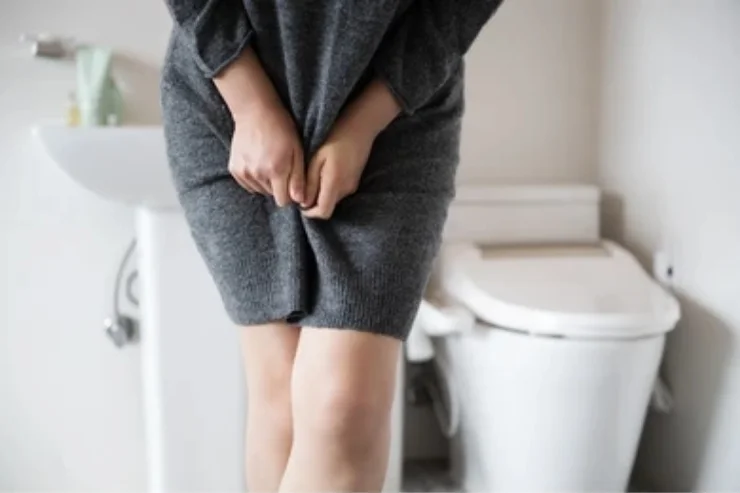Urinary Incontinence

Urinary incontinence is the involuntary loss of urine, which can vary in severity from occasional leakage to complete loss of bladder control. It can significantly impact quality of life.
Types of Urinary Incontinence
- Stress Incontinence: Occurs when physical activities such as coughing, sneezing, or exercising put pressure on the bladder.
- Urgency Incontinence: A sudden, intense urge to urinate followed by involuntary leakage, often associated with overactive bladder.
- Overflow Incontinence: Involves frequent or constant dribbling of urine due to an inability to empty the bladder completely.
- Functional Incontinence: Occurs when an individual has difficulty reaching the bathroom in time, often due to physical or cognitive impairments.
Causes and Risk Factors
- Age: Increased age can weaken bladder and pelvic floor muscles.
- Pregnancy and Childbirth: These can cause stress incontinence due to hormonal changes and physical trauma.
- Obesity: Extra weight can put pressure on the bladder, contributing to incontinence.
- Prostate Issues: In men, conditions related to the prostate, such as benign prostatic hyperplasia, can affect urine flow.
- Neurological Disorders: Conditions like multiple sclerosis, Parkinson’s disease, or spinal cord injuries can influence bladder control.
Symptoms
- Involuntary Leakage: Any noticeable loss of urine during normal activities.
- Frequent Urination: Increased need to urinate during the day or night (nocturia).
- Urgency: A strong, sudden need to urinate that is often difficult to control.
Diagnosis
Diagnosis may involve a medical history review, physical examination, bladder diaries, and urodynamic studies to assess bladder function and capacity.
Treatment Options
- Lifestyle Changes: Weight loss, dietary modifications, and pelvic floor exercises (Kegel exercises) can be beneficial.
- Medications: Various medications may help manage symptoms of urgency or overactive bladder.
- Physical Therapy: Specialized pelvic floor physical therapy can strengthen pelvic muscles.
- Surgery: Surgical options may be considered for stress incontinence or severe cases unresponsive to other treatments.
- Incontinence Devices: Devices such as pessaries for women or penile clamps for men may help manage symptoms.
Conclusion
Urinary incontinence is a common but often underreported condition. A thorough evaluation and appropriate treatment can significantly improve the quality of life for those affected.
